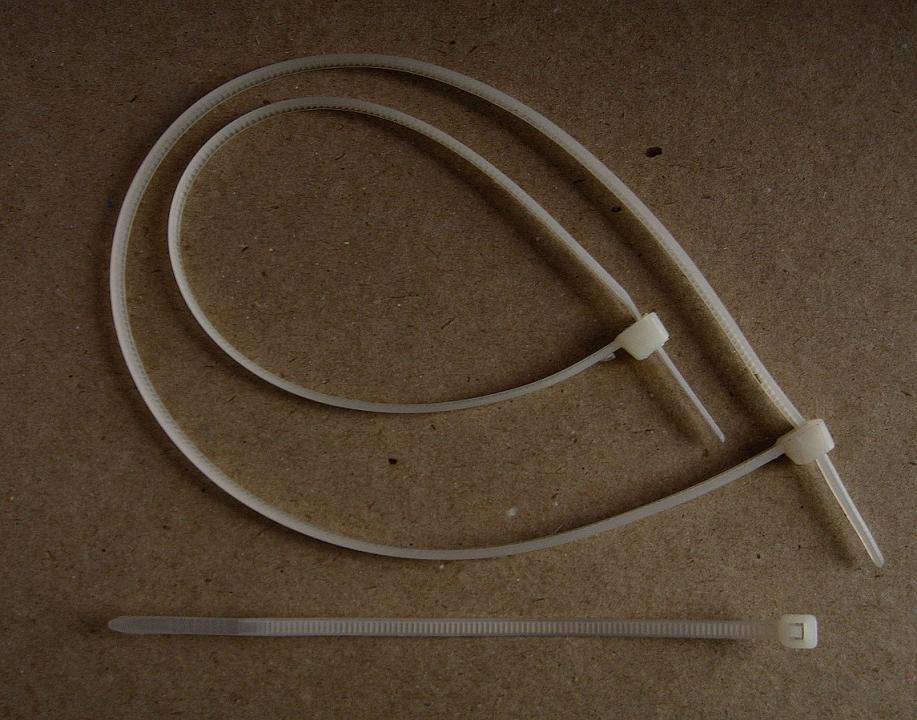35 things you need in your emergency kit
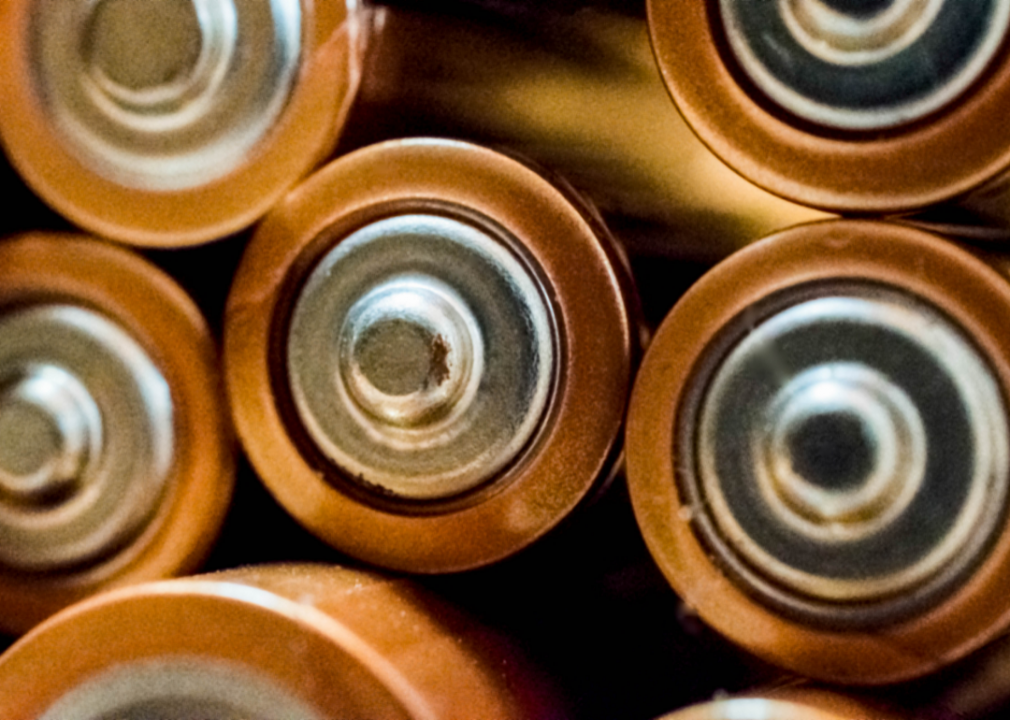
Canva
35 things you need in your emergency kit
Many Americans first practice emergency preparedness in elementary school. But if that’s the last time you thought about what you would do if disaster struck, you might be in trouble.
Thankfully, there’s still time to prepare for the unexpected. The Department of Homeland Security and Federal Emergency Management Agency (FEMA) recommend that everyone create an emergency supply kit. Some preppers go a step further and advise putting together two kits: an emergency supply kit to keep at home and a “go bag” to take with in case of an evacuation.
Stacker reviewed recommendations from various organizations and experts to compile a comprehensive list of what to pack in an emergency supply kit. For the purposes of this article, we’ve included things you’ll need for your go bag in the overall emergency supply kit. Pack your go bag separately and keep it with your emergency supply kit so everything is together and you have easy access in case of an emergency.
You may also like: Major cities most at risk of rising sea levels
![]()
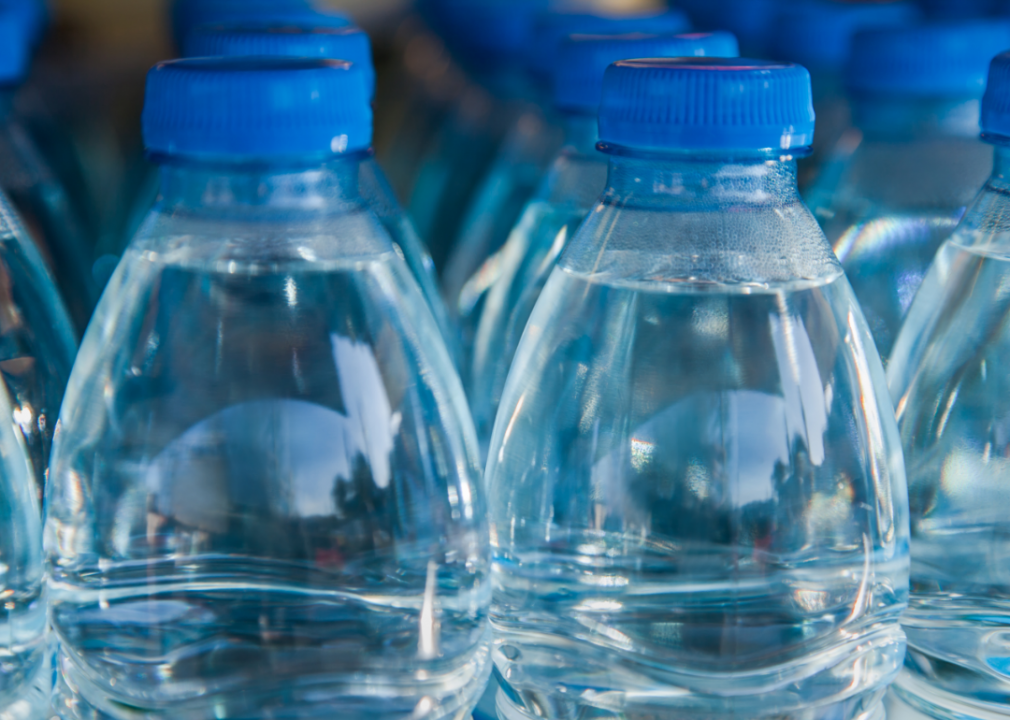
Canva
#1. Water
The human body is nearly 60% water, and we absolutely can not live without constantly replenishing it. Setting aside enough water for an emergency is the first thing you should do. Prepare one gallon of water per person per day for at least three days. Don’t forget your pets, either!
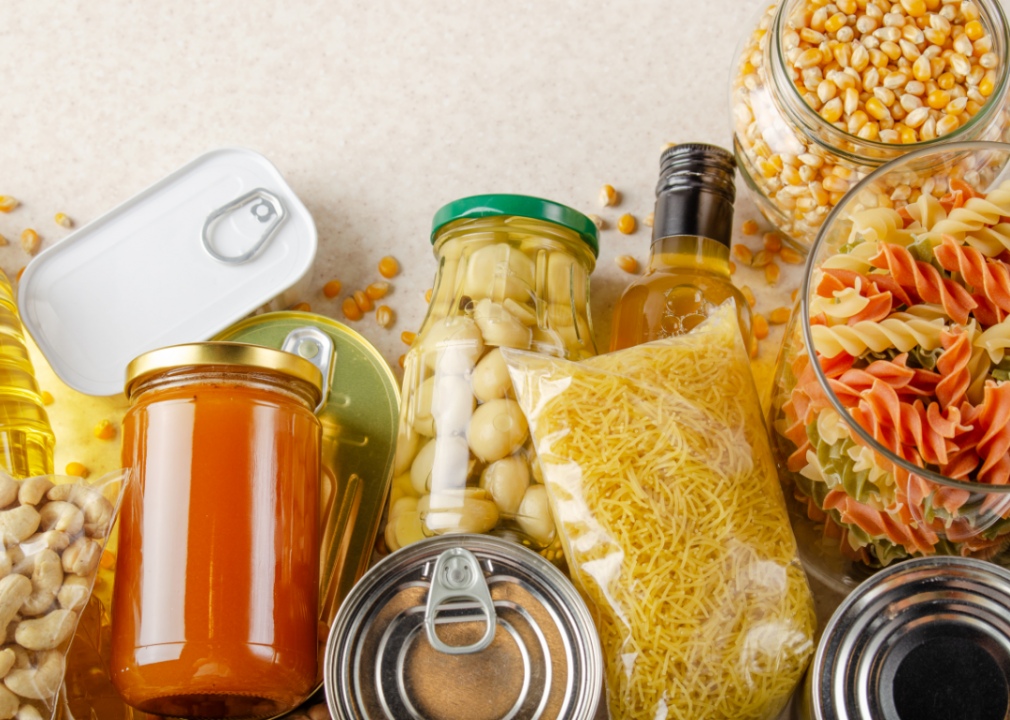
Canva
#2. Food
Though humans can survive for much longer without food than without water, you should set aside at least a three-day supply of nonperishable food in your emergency kit. Make sure you have enough food to feed every member of your family at least three meals per day; and again, don’t forget your dogs, cats, and other pets.
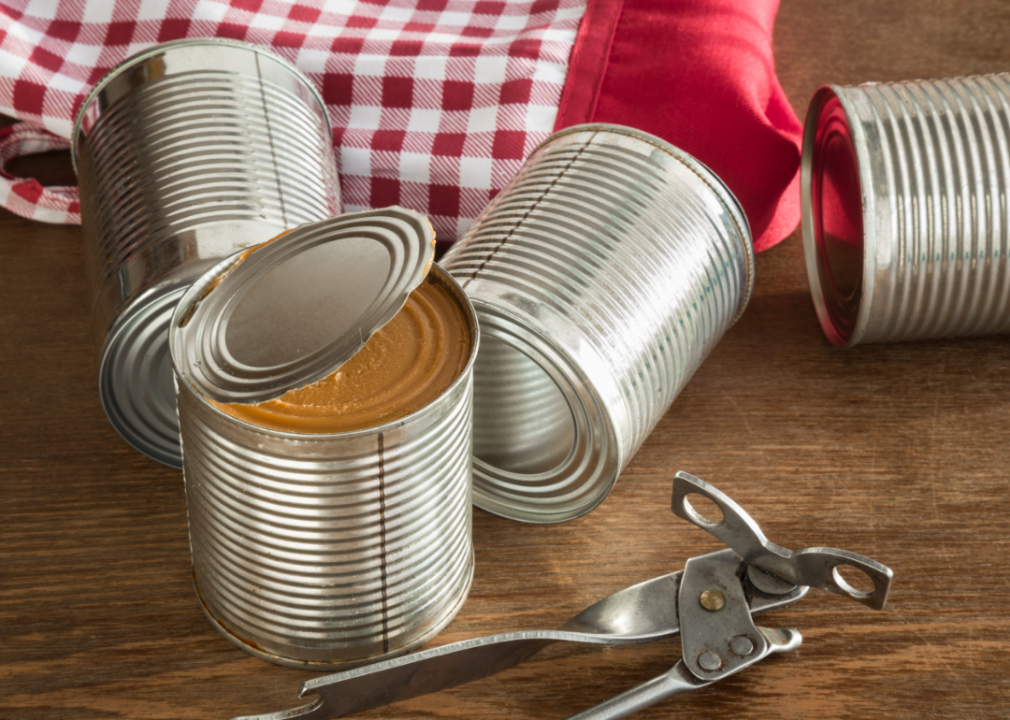
Canva
#3. Manual can opener
Since canned goods such as fruit, vegetables, and soups have a particularly long shelf life—some remain fresh for up to five years—they’re a natural choice for your emergency kit. Make sure you set aside a manual can opener, too.
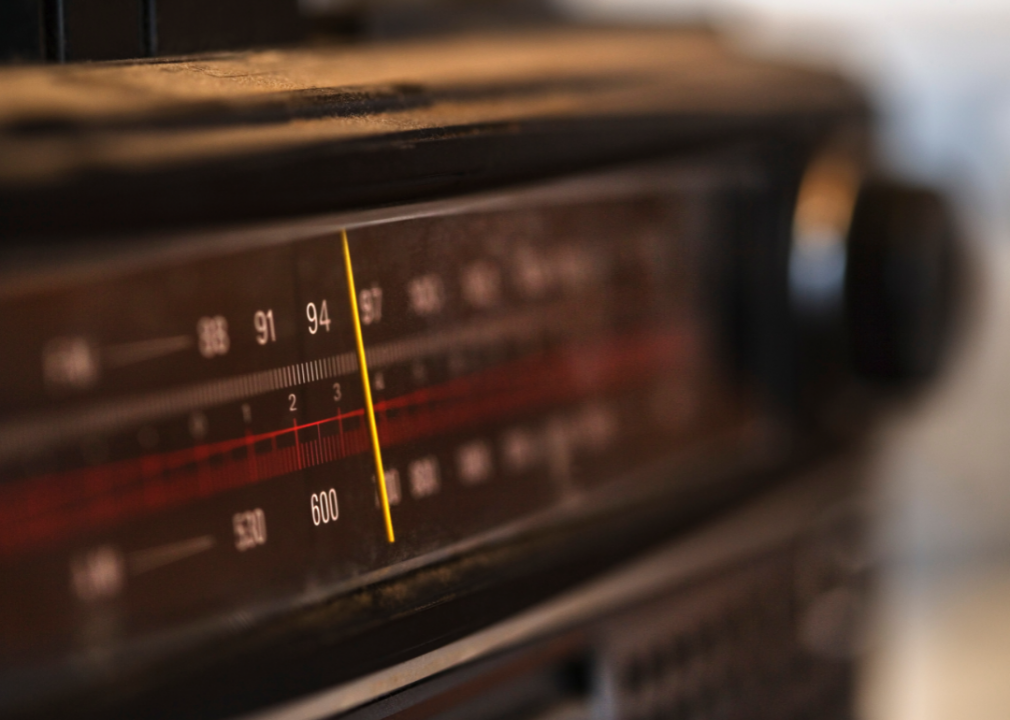
Canva
#4. Battery-powered or hand-crank radio
In the event of widespread power outages, you might not be able to turn on the TV, check the internet, or call emergency hotlines to find out the latest information. A hand-crank or battery-powered radio, however, will allow you to tune into official broadcasts with crucial updates. Extra batteries and solar-powered battery chargers can come in very handy here, as well.
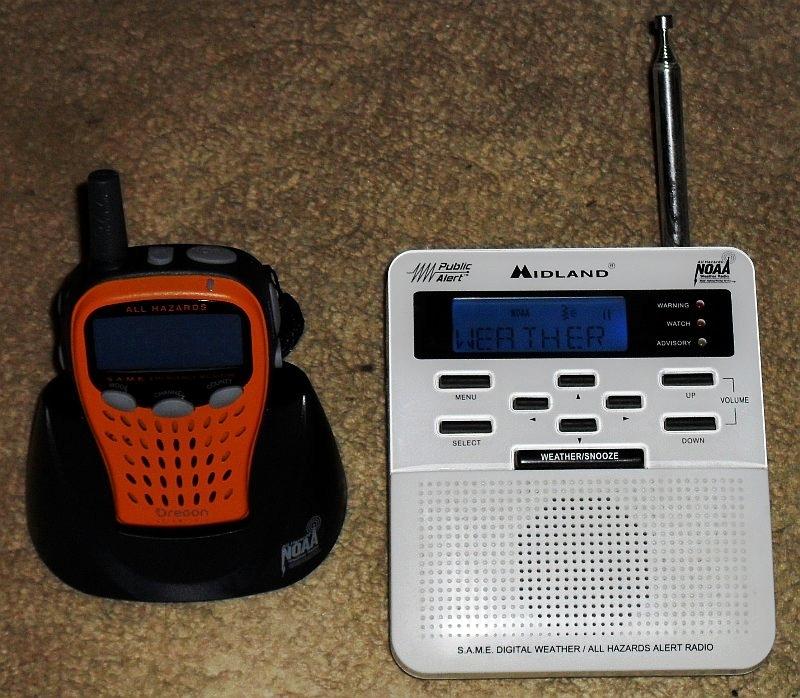
Mrschimpf // Wikimedia Commons
#5. NOAA Weather Radio with tone alert
Ensure that you also have a radio that receives NOAA Weather Radio, a nationwide network of stations that broadcast continuous weather information from the National Weather Service. Many of these radio receivers come with a “standby” mode that allows you to keep the radio on silent and emits a tone alerting you of any new broadcasts.
You may also like: How weather has shaped human history
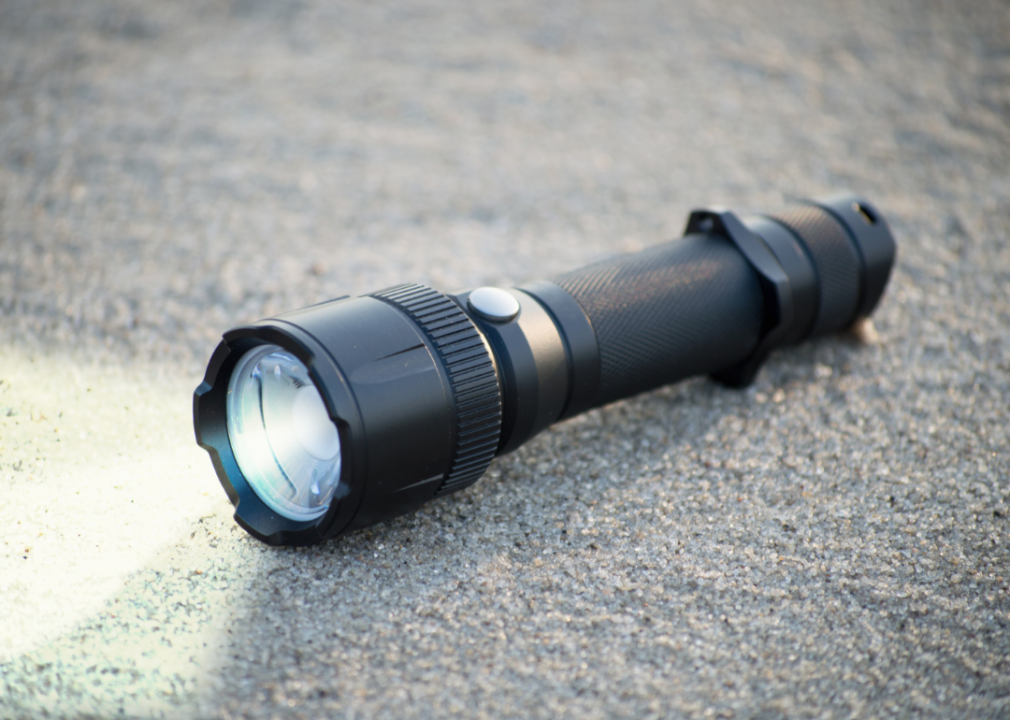
Canva
#6. Flashlight
If the power goes out for an extended period of time, you’ll need a flashlight to navigate your home and the outside world. Pack it in your go bag in case you need to leave home in a hurry. Headlamps are also great, hands-free options for navigating in the dark.
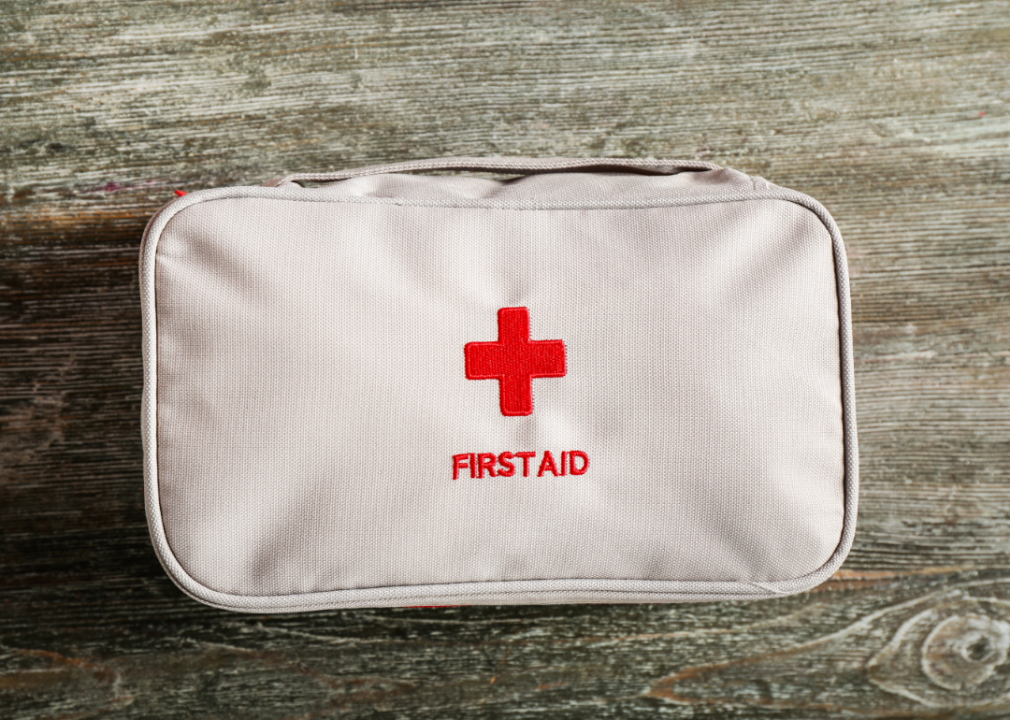
Canva
#7. First aid kit
Natural disasters and other catastrophic events can be extremely dangerous: You might be injured, your family might be hurt, or someone else you meet might be in danger. Since you can’t say for sure whether hospitals or emergency rooms will be open in an emergency, store your first aid kit in your go bag to be sure you have all the supplies you’ll need.
In addition to the standard bandages, antibiotic ointment, and antiseptic wipes, you’ll need a variety of medical supplies—the Red Cross has the full list.
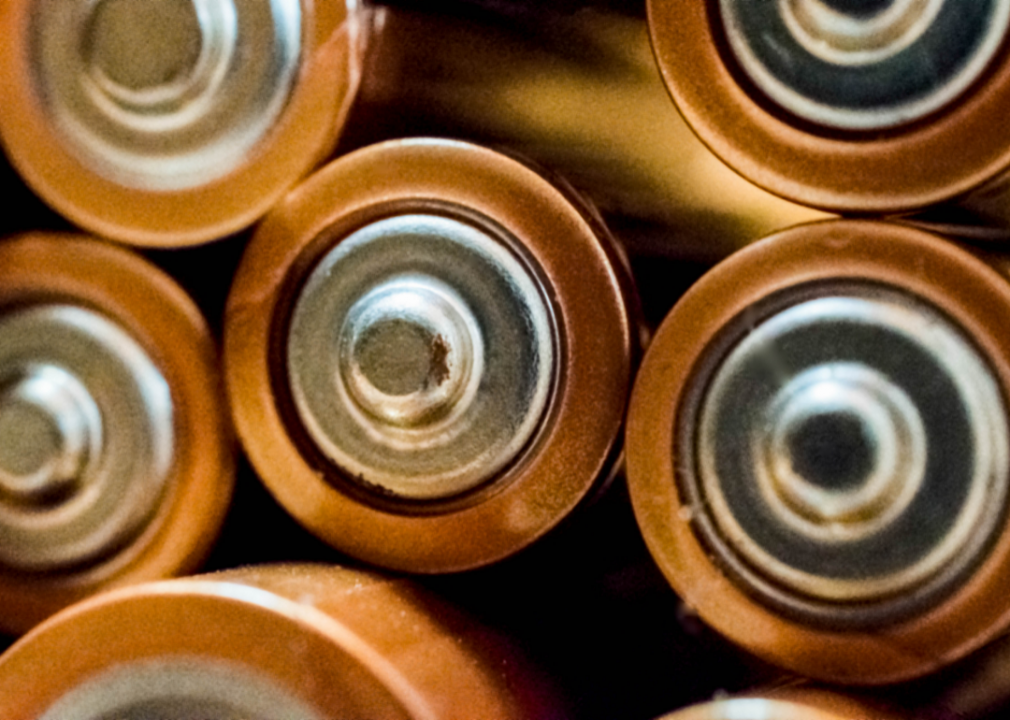
Canva
#8. Extra batteries
You might need extra batteries for your radio or for another piece of equipment. It’s a good idea to keep several sets of several different sizes in your go bag so you’re prepared for anything.
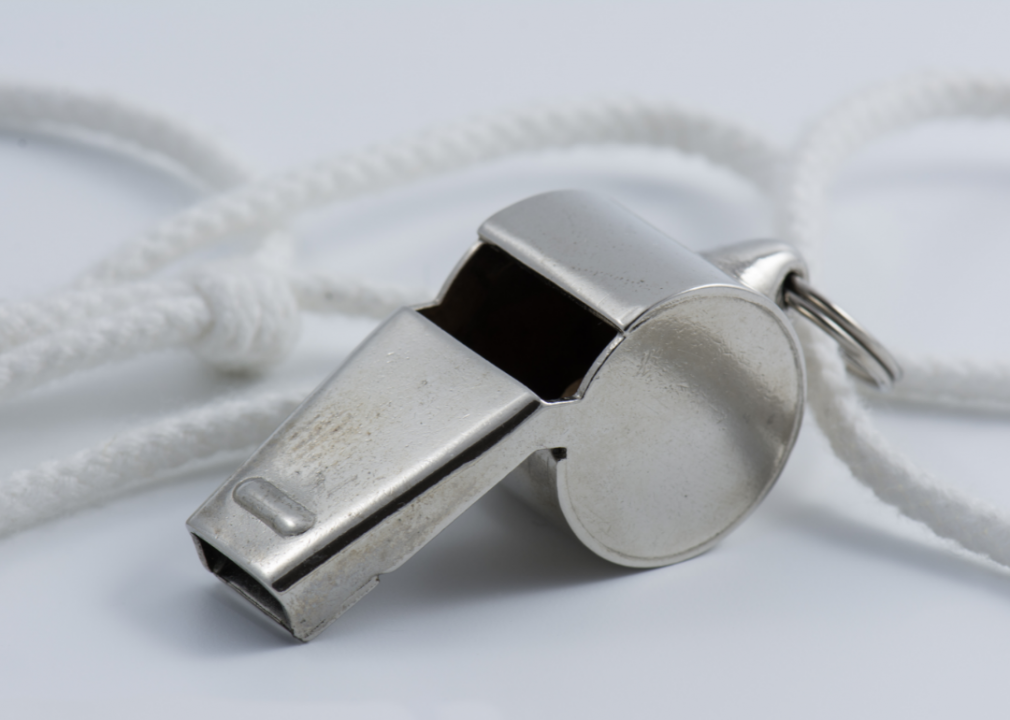
Canva
#9. Whistle
In a disaster or emergency, you might need to signal for help. The best way to do so without the guarantee of a cellphone? Blowing a shrill safety whistle.
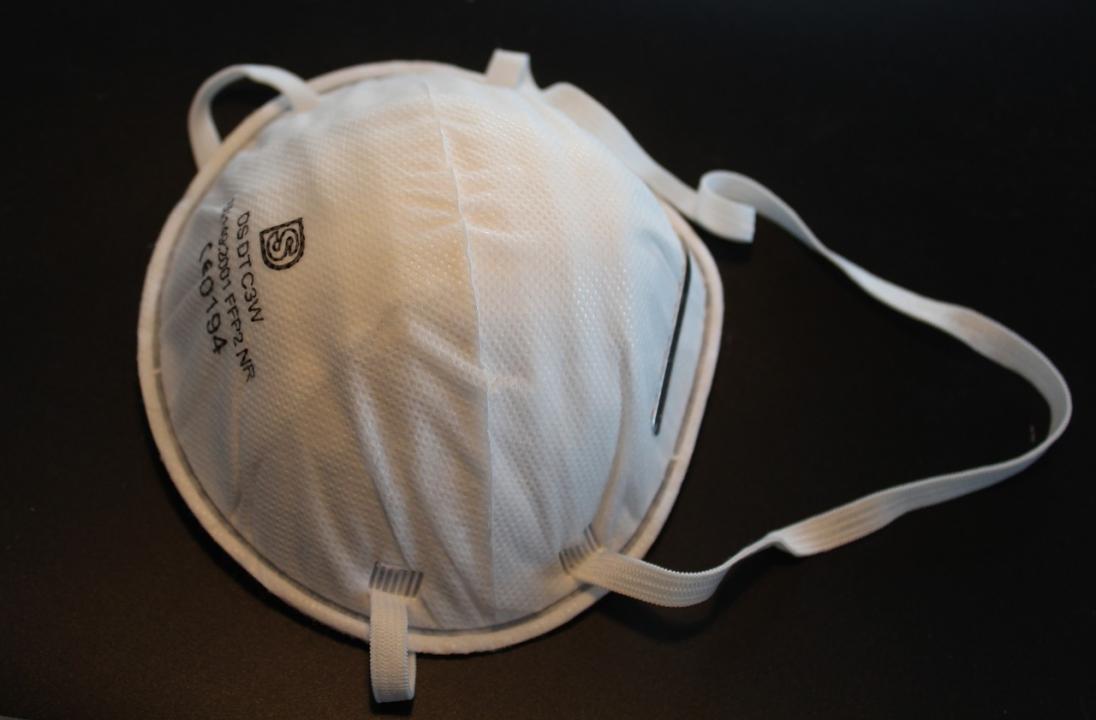
Canva
#10. Dust mask
Biological weapons, nuclear warfare, and other environmental disasters can contaminate the air outside, making it necessary to shelter in place. Before you seal off your home from the outside world, put on a dust mask to protect yourself from contaminated air. Many now have a variety of masks due to their protection from COVID-19 particles, but you’ll want to be sure to acquire some high-quality masks, such as close-fitting N95s, for the contingency of a different type of disaster.
You may also like: Why does lightning strike? And answers to 50 other weather questions

Canva
#11. Plastic sheeting
If you need to shelter-in-place in your home, office, or another building, you may have to seal off windows, doors, and air vents. If that’s the case, you’ll want to attach plastic sheeting that’s 2- to 4-centimeters thick to every opening to keep the air inside clean and safe to breathe.
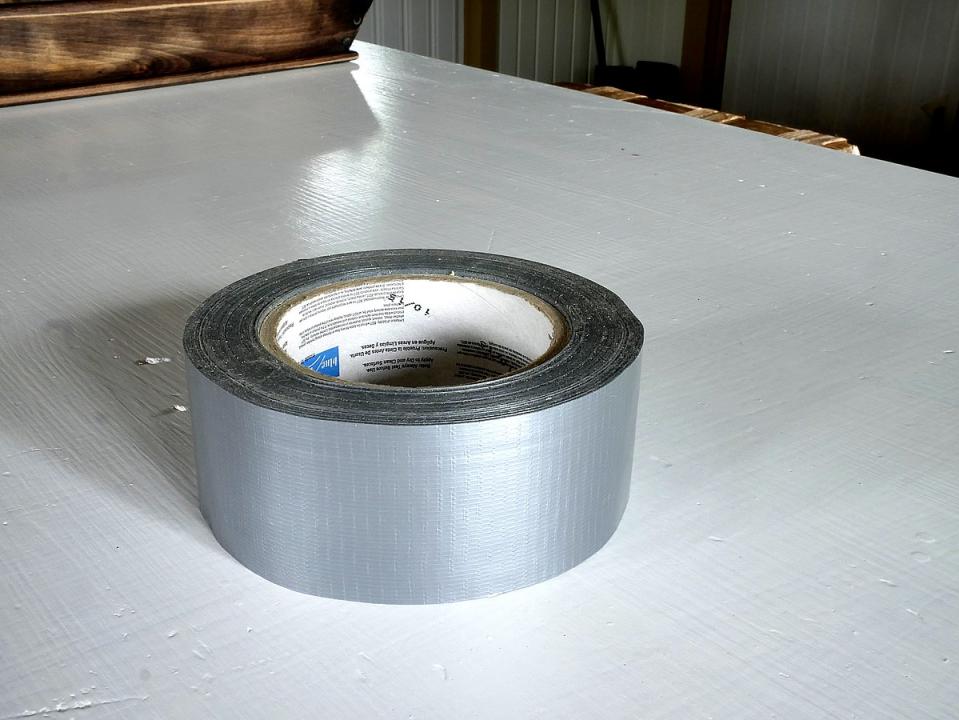
Santeri Viinamäki // Wikimedia Commons
#12. Duct tape
Keep a few rolls of duct tape in your emergency kit so to securely seal your home off from the contaminated air. Tape the corners first, then tape down the edges. Though it’s best to use thick plastic sheeting, you might have to improvise with whatever you have on hand.
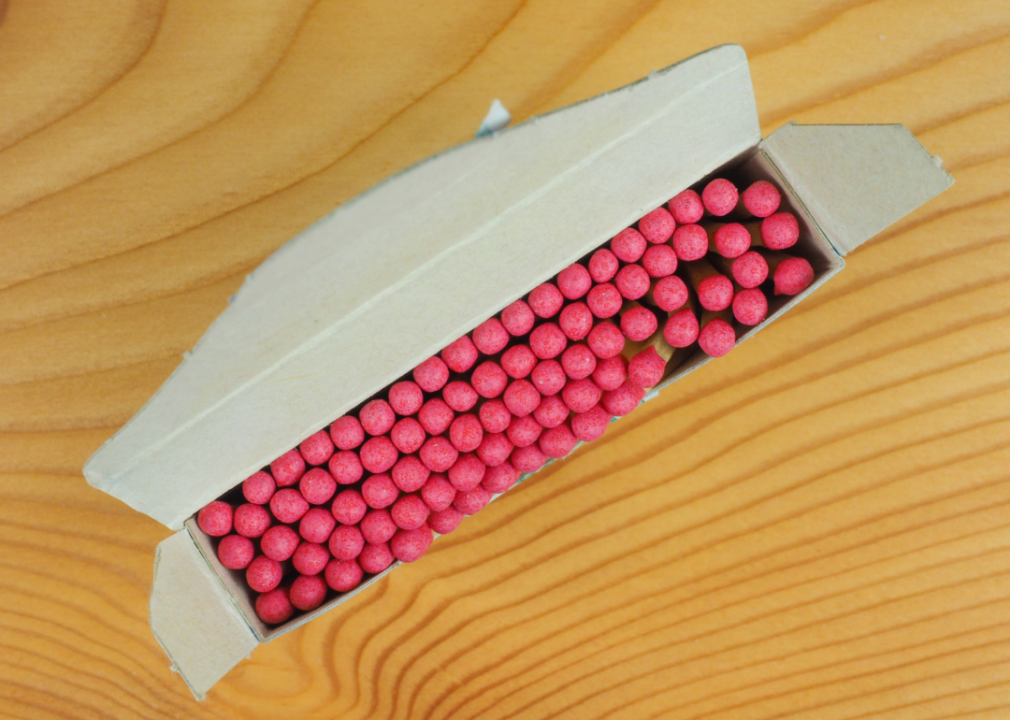
Canva
#13. Matches in a waterproof container
In a power outage, you might not be able to rely on your kitchen to heat meals. Keep some matches in a waterproof container in your go bag so you’ll be able to cook meals over a fire in a true emergency. You can double up with a container like a coffee can to hold both a roll of toilet paper and matches.
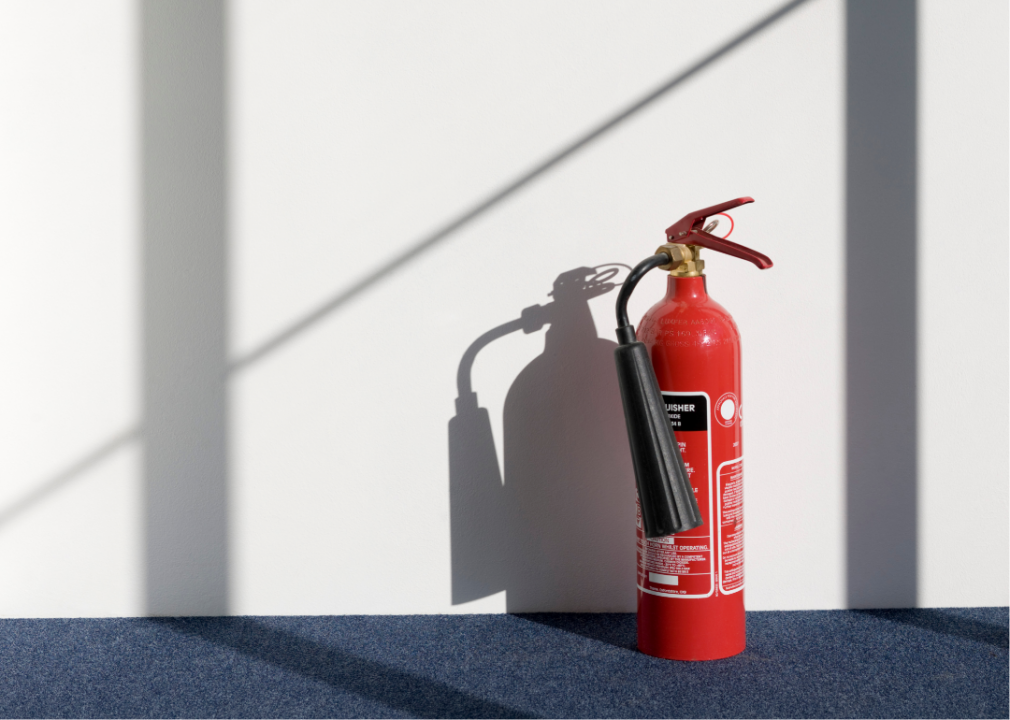
Canva
#14. Fire extinguisher
If you do need to build a fire, it’s important that you keep a fire extinguisher on hand in case it gets out of control. It could prove to be life-saving equipment.
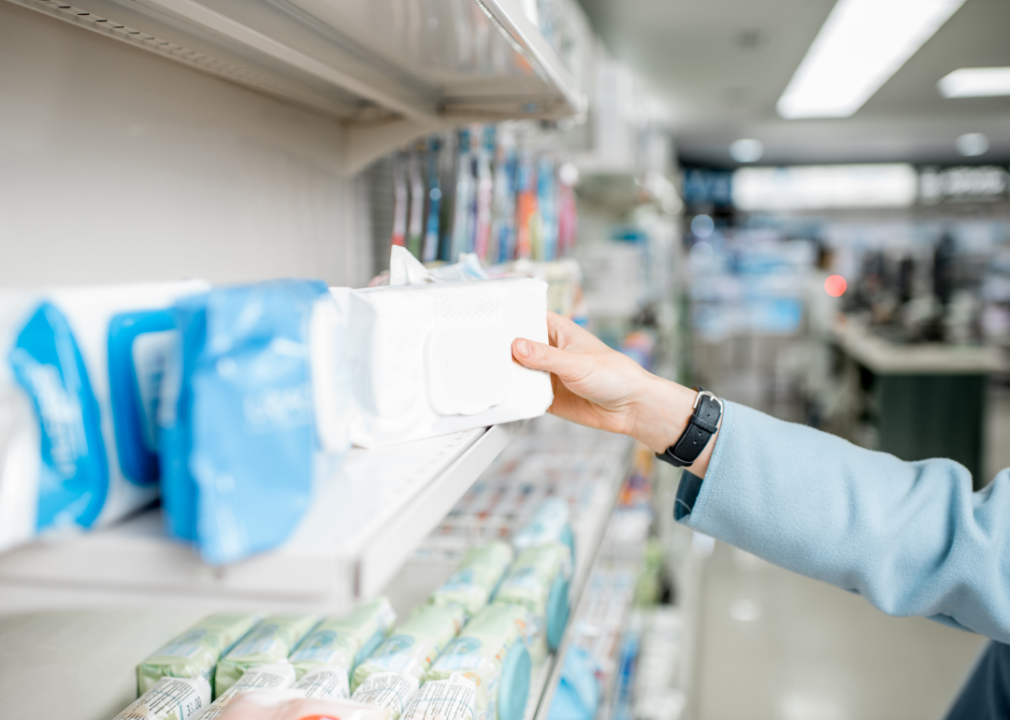
Canva
#15. Moist towelettes
Without running water, you won’t be able to shower or even take a sponge bath. Pack moist towelettes in your go bag so you can practice proper hygiene.
You may also like: 15 ways to stay cool in the summer
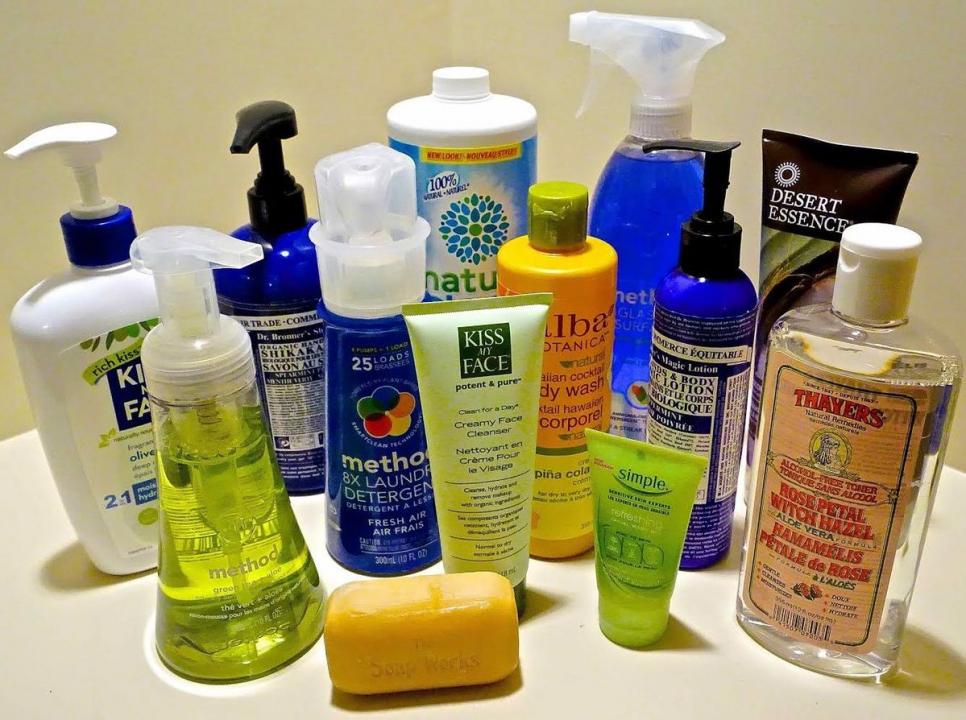
SlimVirgin // Wikimedia Commons
#16. Toiletries
Even if you aren’t sure if you’ll be able to take a full bath or shower, you should still pack essential toiletries in your emergency kit to keep your body as clean as possible. At a bare minimum, make sure you have toilet paper, soap, feminine hygiene products, toothbrushes, and toothpaste.
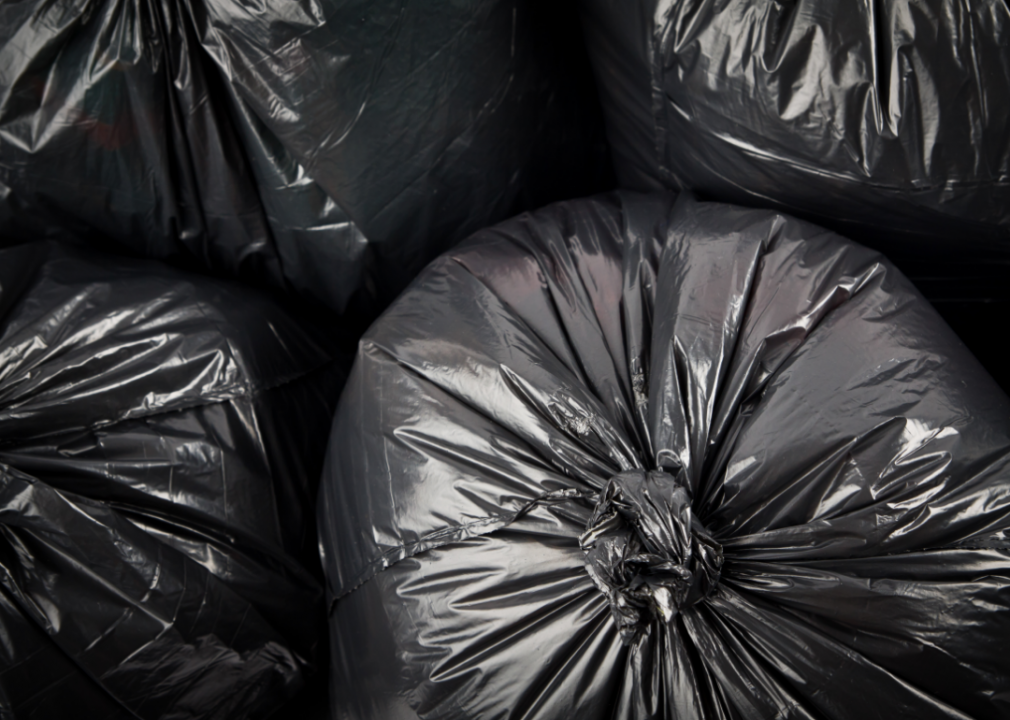
Canva
#17. Garbage bags
In the aftermath of a disaster, modern plumbing may not work and you might need to improvise—and garbage pickup is unlikely. Proper sanitation is important: Ensure you have plenty of garbage bags to dispose of waste.
Tomasz Sienicki // Wikimedia Commons
#18. Plastic zip ties
Plastic zip ties can be useful in many emergency situations. They can be especially handy for cinching garbage bags closed to prevent contamination.
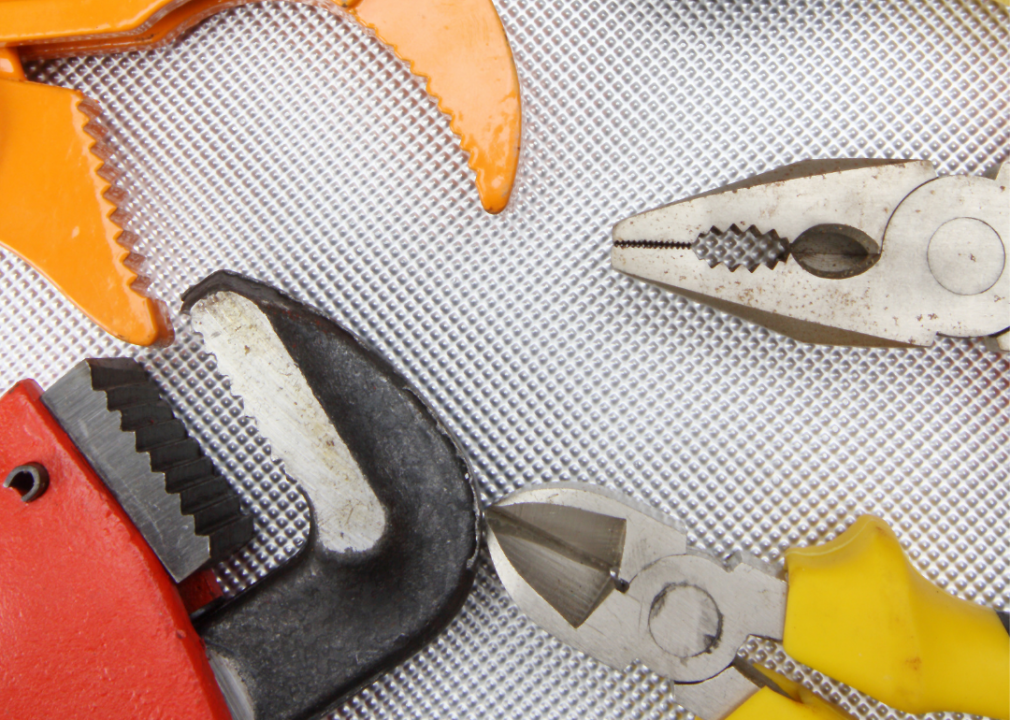
Canva
#19. Wrench or pliers
One of the first things you should do after a natural disaster or other catastrophe is shut off your home’s natural gas, electricity, and water lines. Sparks from circuit breakers and other electrical equipment can ignite gas leaks, leading to potentially life-threatening explosions. Make sure you have the wrench or pliers you need and teach every family member how to shut off your gas meter, circuit breakers and water lines.
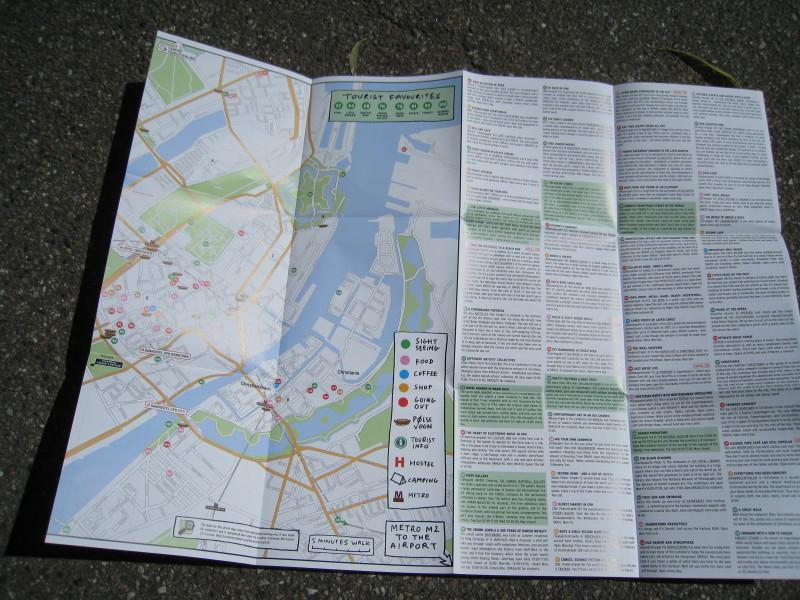
Nikolaj // Wikimedia Commons
#20. Local maps
Shut your eyes for a moment and try to imagine a map of your neighborhood and city. It’s tough without your phone or car’s GPS, isn’t it? Buy paper copies of local maps and keep them in your go bag so you can navigate your surroundings without cellphone service.
You may also like: Average temperature change in every state over the past 100 years
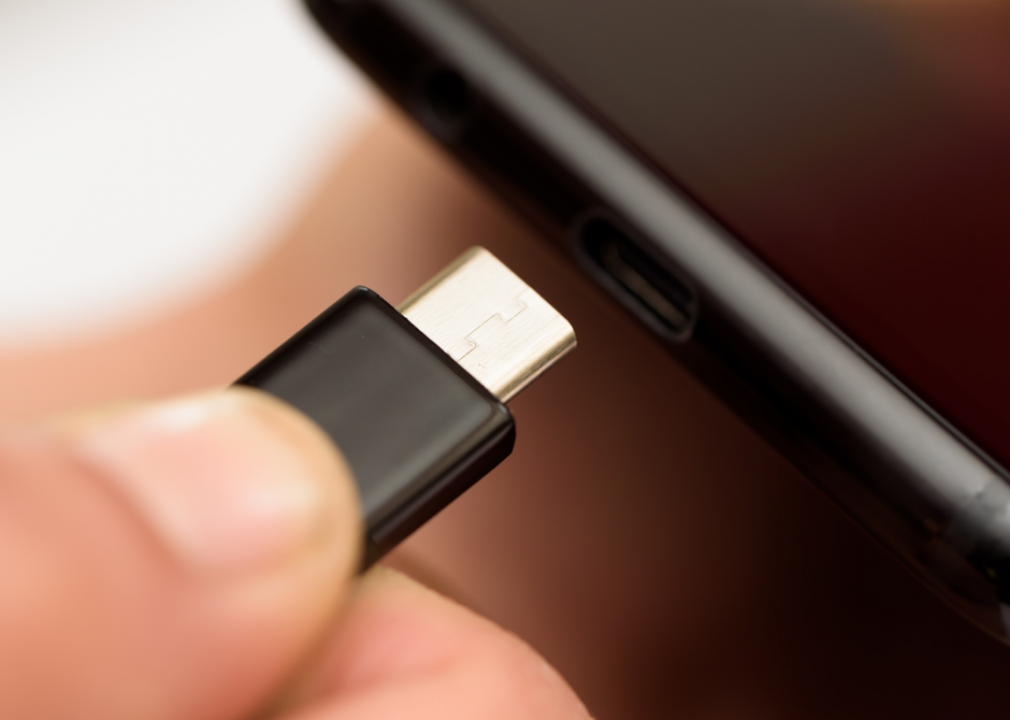
Canva
#21. Cellphone and charger
Most people never leave home without a cellphone, so keeping one nearby in case of emergency isn’t a problem. Store a spare charger in your go bag, though, so you can recharge your phone easily. You can also find solar battery chargers for around $20: These can prove indispensable if you are out of power for several days.
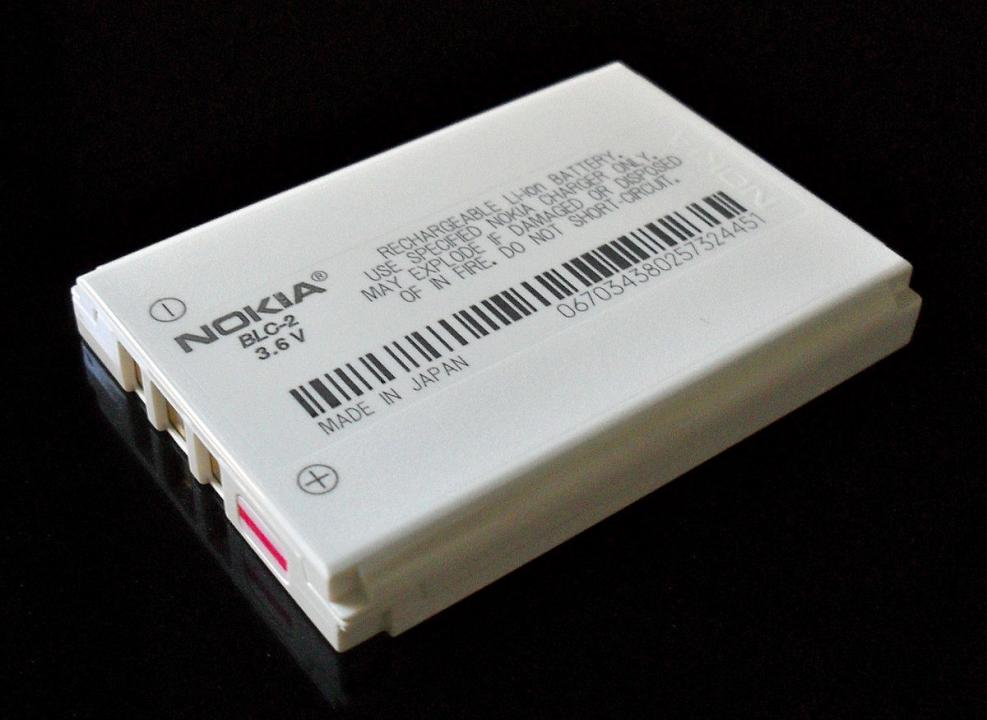
Kristoferb // Wikimedia Commons
#22. Cellphone backup batteries
All the chargers in the world won’t help you power up your smartphone if the power goes out. Consider buying a spare battery pack and storing it in your emergency kit.
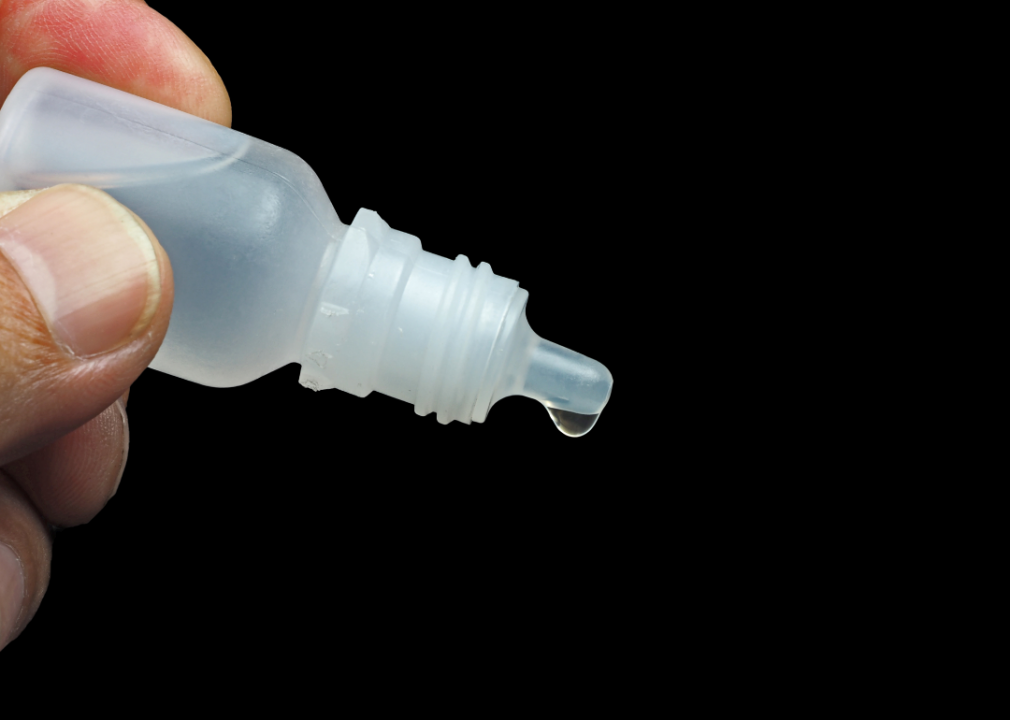
Canva
#23. One quart of unscented bleach and an eyedropper
After a natural disaster or emergency, tap water might be contaminated with bacteria, viruses, and other toxins. Disinfecting water before drinking it is crucial.
Boiling water will kill pathogens, bacteria, viruses, and protozoa. However, if you don’t have a stove or another heat source to boil water, you can disinfect it with a few drops of unscented bleach. To be safe, keep bleach and an eyedropper in your emergency kit, but only use bleach to disinfect water if officials direct you to do so.
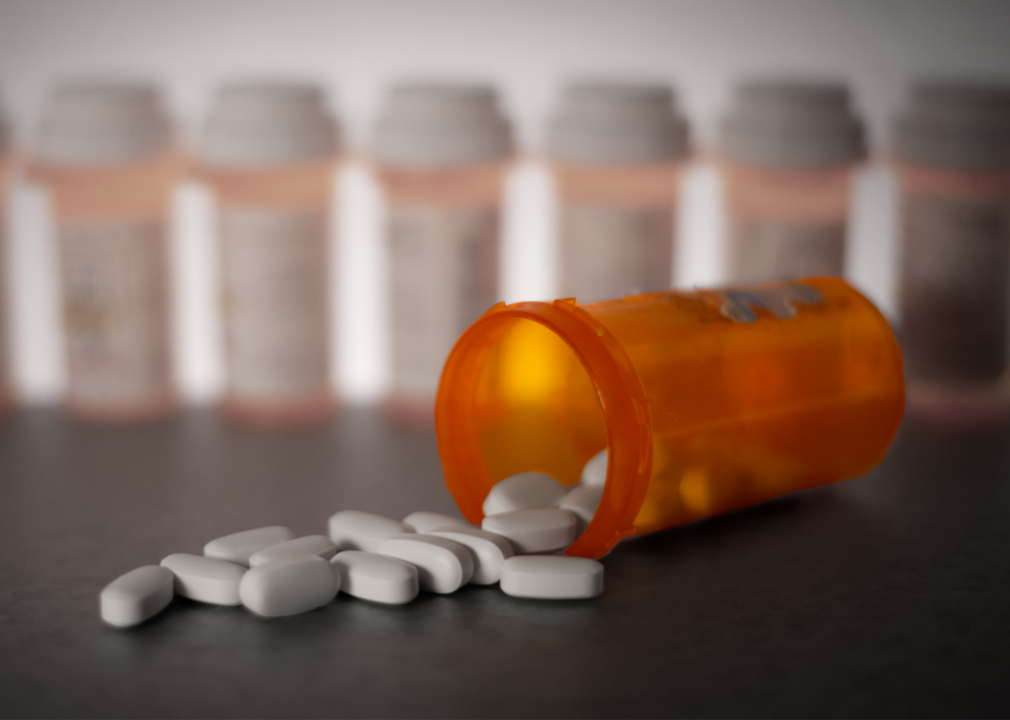
Canva
#24. Prescription medication
Keep a supply of any prescription drugs that you or your loved ones take regularly in your go bag. It’s also a smart idea to include a list of medications and dosages for each family member.
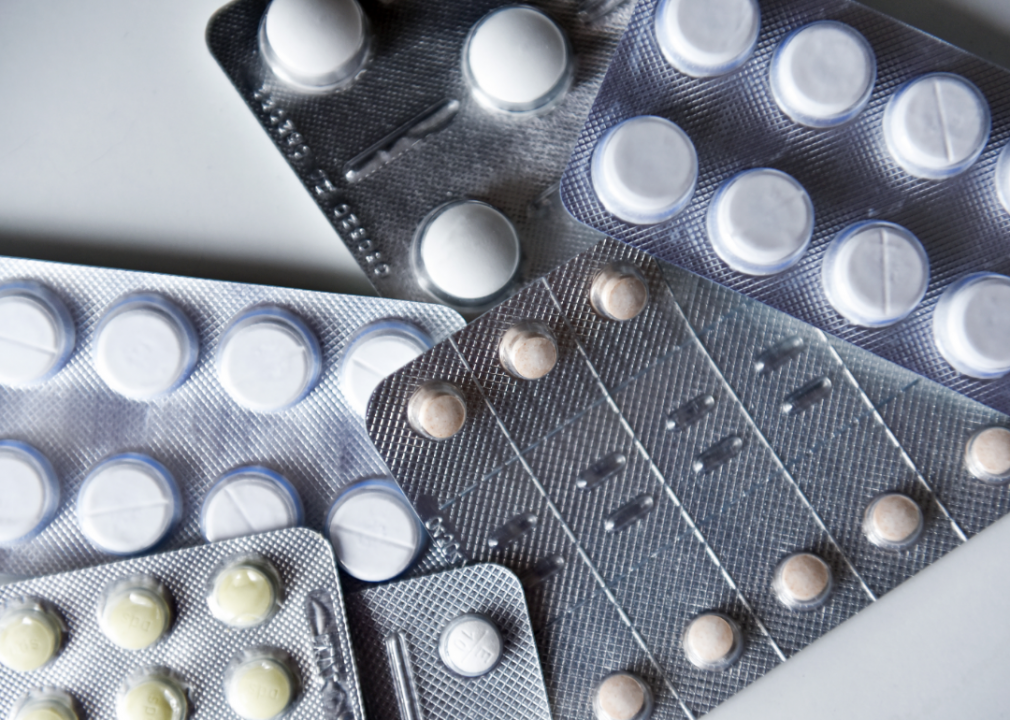
Canva
#25. Other non-prescription meds, such as pain relievers and antacids
Consider packing other medications you take regularly, such as pain relievers, antacids, cold medicine, and anti-diarrhea medicine. You might be very thankful to have it in your go bag when you can’t easily get to a pharmacy.
You may also like: Dramatic satellite observations that show the true scale of Arctic change
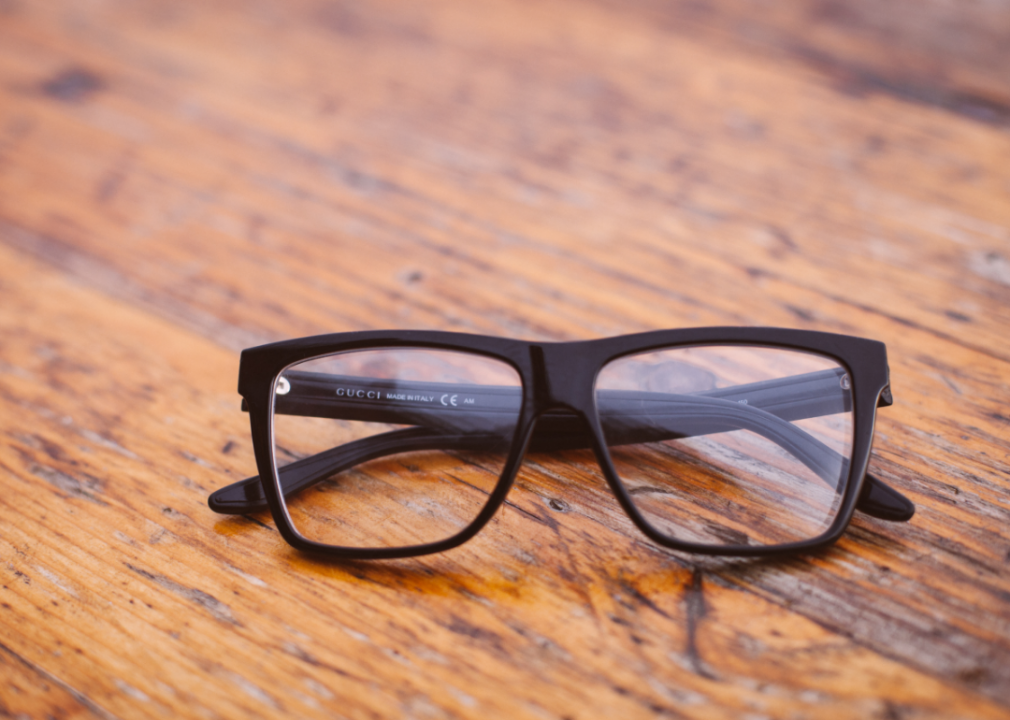
Canva
#26. Glasses or contact lenses
Anyone who wears glasses or contacts should keep them in their go bag; after all, being able to see clearly might be crucial to your survival after an emergency. If you have a spare pair of glasses, store them in your go bag in case something happens to your usual pair.
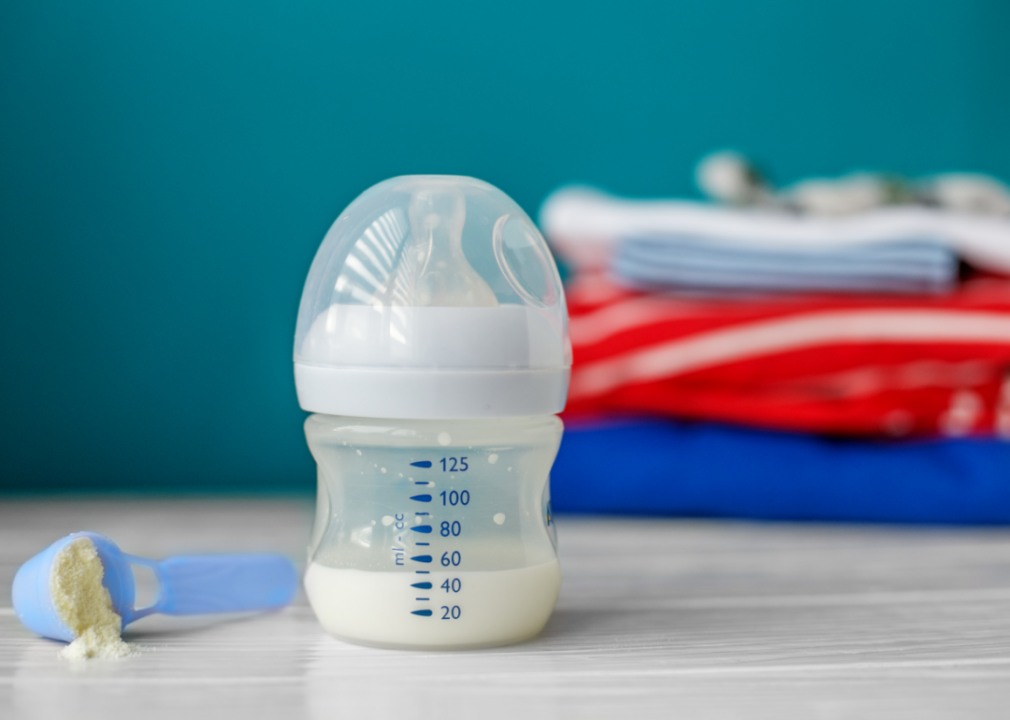
Canva
#27. Infant formula and other baby supplies
If your family includes little ones, you’ll want to devote an entire go bag to supplies for infants and toddlers. Don’t forget formula, diapers, baby food, diapers, baby wipes, blankets, clothing, and other essentials.
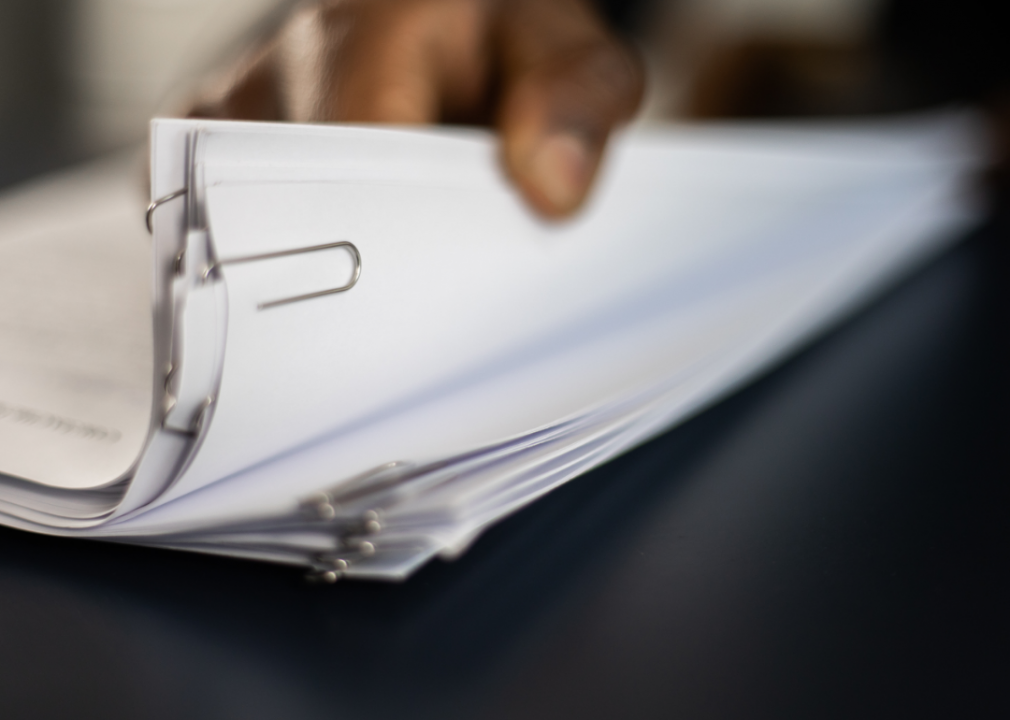
Canva
#28. Copies of your important documents in a waterproof container
Make copies of birth certificates, passports, Social Security cards, driver’s licenses, insurance policies, bank account records, and other important documents and store them in Ziploc bags or another waterproof container. Keep this folder of documents in your go bag so you won’t have to scramble to look for this information if you have to leave home in a hurry.
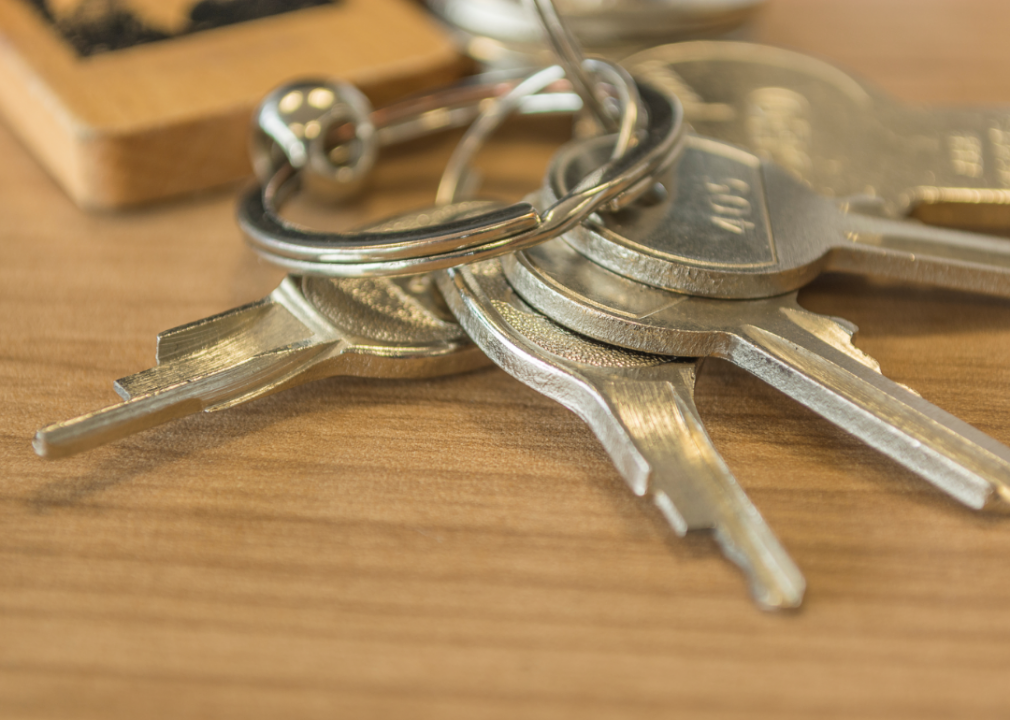
Canva
#29. Extra set of car and house keys
Better safe than sorry, right? Remember to pack a spare set of car keys, house keys, and any other important keys in your go bag in case you lose your usual set.

Canva
#30. Cash
Survivalists often worry about our financial system’s reliance on computers: If a mass power crash wiped out our system of card readers, how would we pay for things? For this reason, it’s a good idea to carry some cash in your go bag. Store at least $100 in cash in a spare wallet in your go bag to be safe.
You may also like: Fastest-warming states in the U.S.
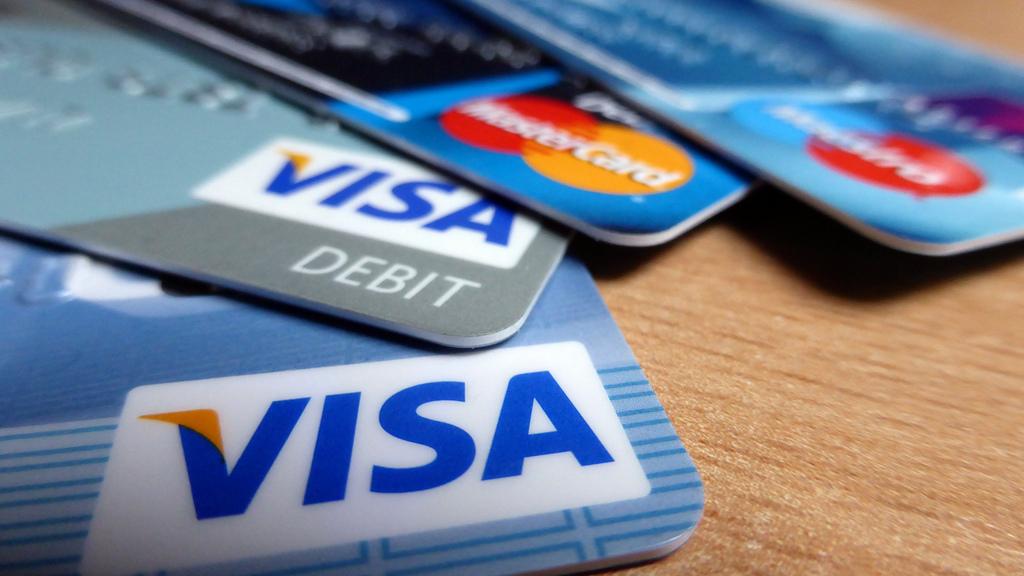
Sean MacEntee // Flickr
#31. Copies of credit and debit cards
Photocopy your credit and debit cards and keep these copies with your other important documents in your go bag. That way, you’ll at least be able to pay for things online by typing the card number if you lose the physical card.

Rostislav Kralik // PublicDomainPictures
#32. Notepad and pen
Throw a notepad and pen into your go bag, too. You never know when you might need to leave a note or draw out a map for someone.
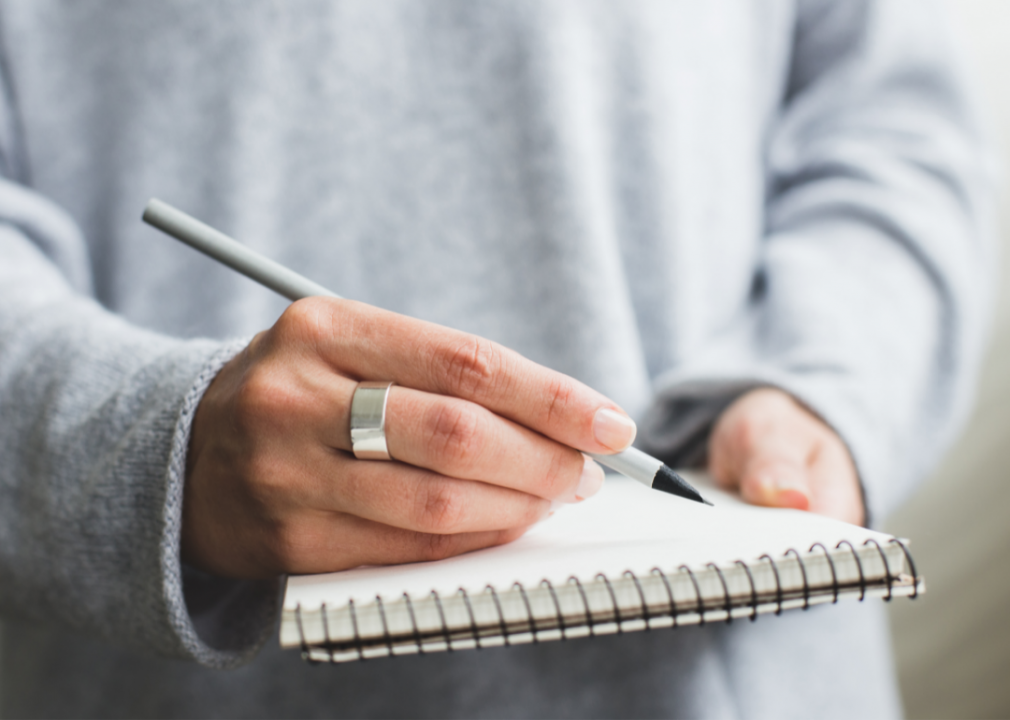
Canva
#33. Contact and meeting place information for your household
Every household should have a plan for what to do in case of emergency, including an established meeting point that is familiar and easy to find. Write down all of this information and stow it in each family member’s go bag so no one forgets.
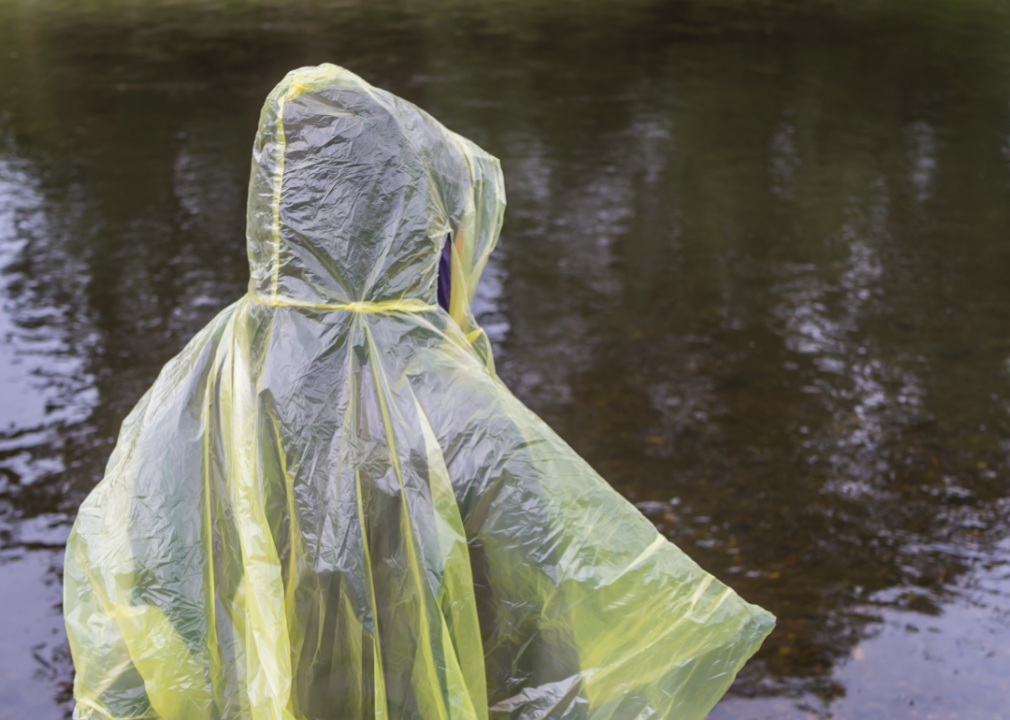
Canva
#34. Lightweight rain gear
If you need to take your go bag and leave your home, you might be exposed to the elements. Pack rain gear like folding ponchos, travel-sized umbrellas, and waterproof jackets in your go bag so you can stay dry in wet weather.
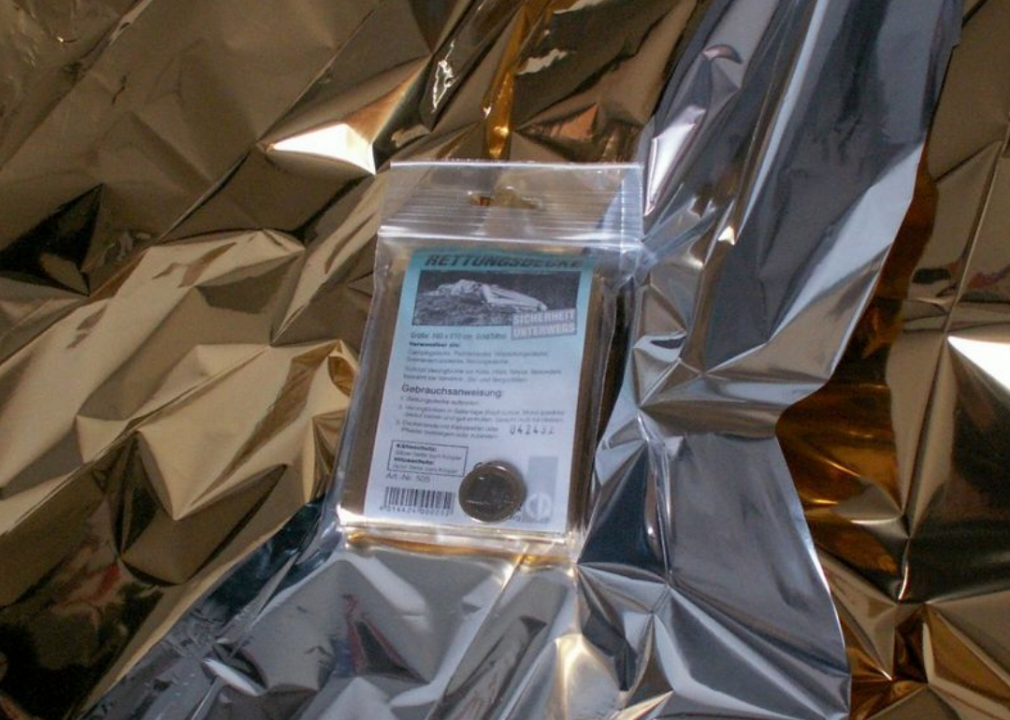
Firetwister // Wikimedia Commons
#35. Mylar blanket
Also known as space blankets, lightweight Mylar blankets reduce heat loss by reflecting the wearer’s warmth back toward the body. If you’re forced to seek shelter in cold conditions, a Mylar blanket could prove invaluable. Store one in your go bag just in case.
You may also like: Environmental impact of 20 foods
